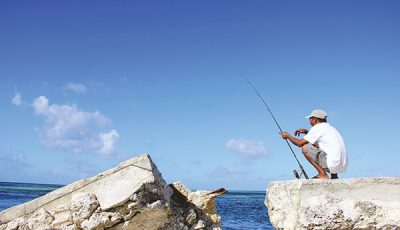HPO to rebury ancestral remains within the year
The Historic Preservation Office under the Department of Community and Cultural Affairs has scheduled the reburial of ancestral remains that have been dug up under its care within this year.
According to HPO administrator Rita Chong, they don’t plan on waiting many years to do the reburials and that they are now scheduling the reburials throughout the year.
The remains include all ancestral remains under its care that have been found all over the island. Most will be reburied at the sites where they were found. One of the reburials that will be happening this year is the burial of human remains that were found on the Imperial Pacific Saipan site.
When the site was still a construction area, it wasn’t deemed proper to bury the remains while there’s construction going on but now that construction has moved to the hotel phase, the time appears right to re-inter the remains. Chong clarified that the remains and artifacts that were found are currently kept in a secured, controlled, and clean environment. Chong stated that HPO has no issue with the way IPI is storing them since the HPO facility can’t handle the volume of remains that IPI has.
“They are very proactive…to get the remains re-interred and they’ve been cooperating with us fully,” Chong said.
HPO is going with traditional burials. When the remains are ready to be reburied, HPO will wrap the remains carefully in bandana sleeves that will be placed into a basket that is woven from banana leaves and then they’d be placed back in the ground.
Since HPO doesn’t want to assume that every remains that is found is of indigenous origins, Chong said that an HPO archaeologist has to first inspect the remains and send samples for DNA testing. Once the testing is done and it’s determined to be the remains of indigenous inhabitants, they will then bury the remains traditionally. If not, then HPO will send the remains to where it’s supposed to go.
“It’s important that we respect our ancestors, even if their culture may not be exactly the same as our culture now,” she said. Chong gave an example in which indigenous people are now mostly Catholics, but most ancestors didn’t have that religion, “which is why we opted to bury the remains in bandana sleeves and coconut woven baskets.”
























